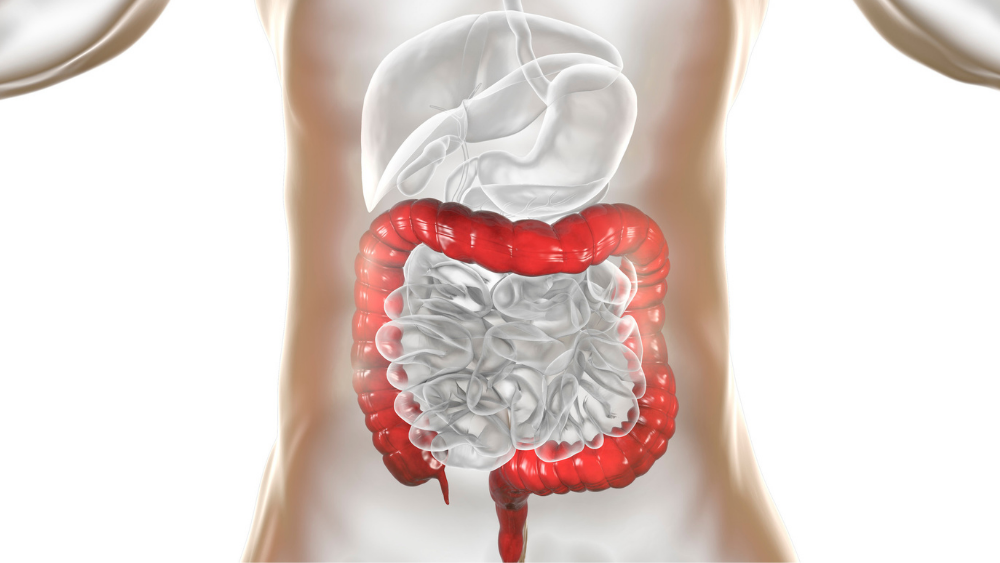Hirschsprung’s disease is a life-threatening disease and requires surgical treatment. After the surgery for Hirschsprung’s disease, the quality of life of children who undergo this surgery increases and they feel better.
The symptoms of the side effects brought by the disease are reduced and a visible recovery process is obtained. As in many diseases, Hirschsprung disease affects patients in infancy and childhood to a greater extent than other individuals.
Since it is a life-threatening disease, it is a disease that can even result in death if the necessary treatments are not applied. A rectal biopsy is performed when diagnosing Hirschsprung’s disease.
The diagnosis of the disease is made after a rectal biopsy. After the diagnosis is confirmed, the aganglionic part is removed with a single-stage transanal endorectal pull-through operation, and the ganglion-containing intestine is connected to the anus.
During treatment of Hirschsprung’s disease, a pediatric surgeon will perform a transition procedure or an ostomy surgery. During both procedures, the surgeon may remove all or part of the colon, called a colectomy.
In case of possible complications or in delayed cases, a temporary colostomy may be required at the first stage of the 3-stage surgical treatment. Depending on this, closed or open surgical methods may be required.
Even if there is a patient who has successfully completed every stage of the surgery, he or she should be followed up with a maximum of 3 year intervals. During this process, diet and toilet training should be specially planned and followed.
Most cases with Hirschsprung’s disease require surgery to treat. The intestinal part, which has shrunk due to its size outside the normal, is removed with the help of surgical intervention and the upper intestine is sutured to the lower rectum. Surgical interventions generally proceed in this way.
In the treatment of Hirschsprung’s disease, an exit is made into the inner part of the abdomen so that the stool can be filled into a disposable bag. Although this is only a temporary measure, this opening continues throughout the 12 to 18 months of the child’s life. After the completion of this process, the opening is closed with another operation.
It is very important to fully meet the energy and nutrients needed in infants and children, especially in the growth and development period, during the treatment applied, since babies and children may become tired during this process. For this reason, enteral and parental nutritional support should be used if deemed necessary by the doctor.










